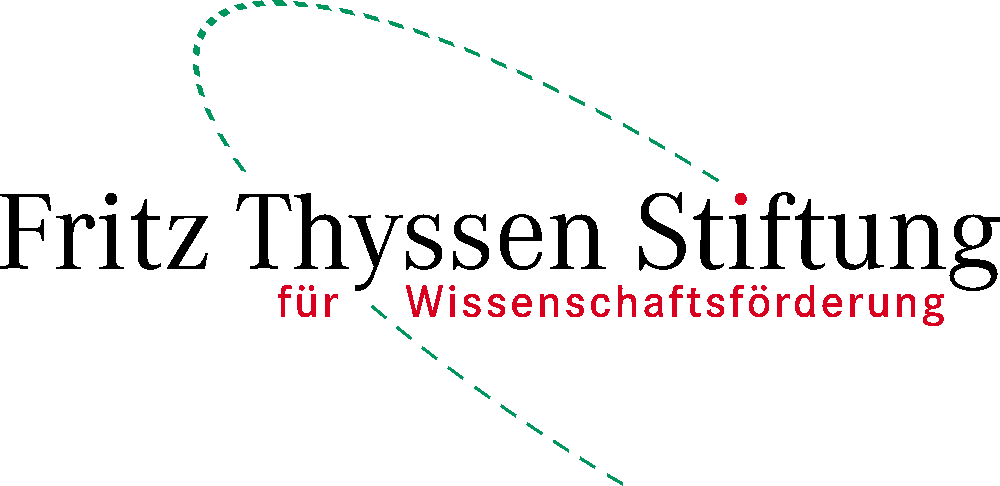Benjamin Guy Babington an Wilhelm von Humboldt, 27.07.1828
|47r| Dr Benjamin Babington is extremely sorry that he was not at home when Baron Humboldt did him the honor of calling. The dissertation which the Baron left for the Doctor’s examination he has attentively read and has no hesitation in bearing testimony to the general correctness of the observations which it contains.
The relation which the Tamil bears to the coquate languages of the South of India, its independent origin as respects the Sanscrit, and |47v| its connection with the languages of Ceylon, Birma, of Java and Sumatra are subjects hitherto scarcely known and of very high interest. The Baron would therefore, in the Doctor’s opinion, be doing an important service, in translating into the Continental languages the valuable essay of Mr. Ellis. Few persons will understand it throughout, because it requires for this purpose a previous acquaintance with both dialects of the Tamil. In order however to render it as intelligible as possible, it should be accompanied by an explanation of Mr. Ellis’s system of Tamil orthography in the Roman character. It could |48r| also be well that the original Alphabets of the Tamil, Āriyam, Colezhutta, Vattezhutta, Cingalese, Birmese, Javanese and Sumatra Alph languages <species> should be added.
Dr. B. Babington has no doubt that the Dissertation was printed at the press of the Government College at Madras; but he has written to a friend to make further enquiries as to the period and immediate object of its publication. The letter press is extremely incorrect, and it should be carefully revised before a translation is undertaken.
|48v| When Dr. B. Babington testifies to the general correctness of Mr. Ellis’s conclusions, he would not be understood as placing unlimeted confidence in every assertion. Mr. Ellis was not a profound Malayalma |sic| Scholar, and it would therefore be satisfactory to have what he has advanced verified by the examinations of a competent judge. Of all the individuals of Dr. B. Babington’s acquaintance, Mr. Charles Matthew Whish, of the Madras Civil Service, is best able to undertake this tasks, being without doubt the most learned Malayalma |sic| Scholar in India. Should Baron Humboldt feel any wish to correspond with that Gentleman |49r| Dr. B. Babington will, with pleasure address a letter of introduction to Mr. W who will doubtless consider it a high honor to be able to furnish any information to so distinguished a Philologist.
Dr. B. Babington encloses a Tamil Alphabet with Mr. Ellis’s orthography as deduced from the Dissertation. The Doctor has in his possession the Indian alphabets to which he has alluded, and his copies of the Colezhutta and Vattezhutta are, he believes, the only copies in Europe. If Baron |49v| Humboldt would desire facsimiles and will send any competent artist to Dr. B. B., he will with the greatest pleasure superintend his labours.
48. Finsbury Square.
July 27. 1828
|Anhang|
|50r|
| vowels. | |
| அ | a |
| ஆ | á |
| இ | i |
| ஈ | í |
| உ | u |
| ஊ | ú |
| எ | e |
| ஏ | é |
| ஐ | ei |
| ஒ | o |
| ஓ | ó |
| ஔ | au |
| consonants. | |
| க | c |
| ங | ng |
| ச | s |
| ஞ | n |
| ட | ť–ď |
| ண | ń |
| த | t–d |
| ந | n |
| ப | p–b |
| ம | m |
| ய | y |
| ர | r |
| ல | l |
| வ | v |
| ழ | zh |
| ள | ľ |
| ற | r̄ |
| ன | n marked n̄ when preceeding ற . |
Mr. Ellis’s orthography as deduced from his dissertation. This system though adequate to elucidate the paper is not complete. The letters க , ச and ற as well as ட , த and ப have more than one sound.
|50v vacat|


